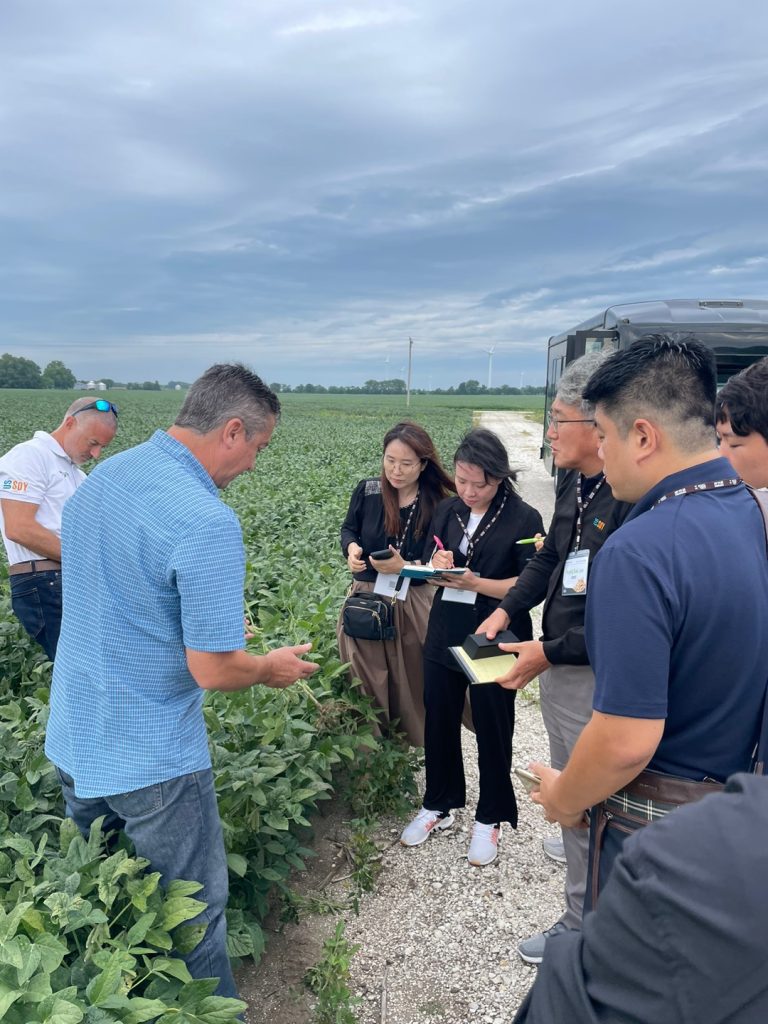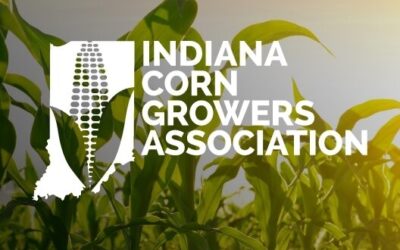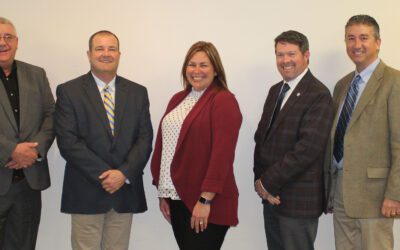With lower carbon footprint, USSEC delivers sustainable U.S. Soy to customers worldwide
By Abby Rinne, Director of Sustainability, U.S. Soybean Export Council
Product sourcing has become a crucial part of many companies’ commitments to sustainability, and more than 75 percent of Fortune’s Global 500 companies publish sustainability reports. Sourcing requirements focus on environmental and social issues and lead to positive impacts on business performance. These requirements apply to all types of raw materials, including U.S. Soy products.
The U.S. Soybean Export Council (USSEC) monitors the development of sourcing guidelines and requirements around the world and demonstrates how U.S. Soy complies. For example, the carbon footprint of soy is becoming increasingly important to international customers, as they use the data to calculate emissions. USSEC shows that U.S. Soy has the lowest carbon footprint compared to soy of other origins.

Soybean farmers in Indiana and throughout the U.S. demonstrate their long-term commitment to sustainability through the continuous improvements they are making in raising more with less. As the most recent Field to Market report shows, U.S. Soybean farmers have improved resource efficiency dramatically since 1980.
- 43 percent greenhouse gas emissions efficiency improvement per ton
- 46 percent energy use efficiency improvement per ton
- 48 percent land use efficiency improvement in acres per bushel
- 34 percent soil conservation improvement per acre
- 130 percent production increase in bushels per acre
The same report indicates that U.S. soybean farmers are making progress toward the industry goals put forward for 2025, using 2000 as a starting benchmark.
- Reduce land use impact by 10 percent (measured as acres per bushel)
- Reduce soil erosion by 25 percent (measured as tons per bushel)
- Increase energy use efficiency by 10 percent (measured as BTUs per bushel)
- Reduce total greenhouse gas emissions by 10 percent (measured as pounds of CO2-equivalent gasses emitted)
USSEC conveys these ongoing improvements to U.S. Soy customers around the world. The U.S. Soy Sustainability Assurance Protocol (SSAP) was created to provide credible information to give buyers of U.S. Soy confidence that the product they are purchasing is produced sustainably.
It uses national sustainability and conservation principles to aggregate U.S. Soy farmers’ contributions to improved environmental, social and economic sustainability outcomes.
SSAP-verified soy shows value
The SSAP has been recognized by many third-party sourcing accreditations around the world, and use of this verification has been growing at an incredible rate. When the program began in 2014, less than 7,000 metric tons of exports carried SSAP verification.
In 2023, the U.S. exported nearly 44.5 million metric tons of SSAP-verified soy, which was 70 percent of all U.S. Soy exports. The percentage is likely similar for the roughly 1.8 million metric tons of soybeans exported from Indiana. This testifies to the success of the program and the growing market for sustainable U.S. Soy.
SSAP certificates can be transferred down the value chain up to four times, allowing many more users of U.S. Soy to show progress toward company environmental, social and governance (ESG) goals.
USSEC also works with customers around the world to use the Sustainable U.S. Soy logo. It takes assurance of sustainability from the SSAP a step farther by highlighting the use of sustainable soy in consumer-packaged goods.
Around the world, 93 companies use the label on about 1,000 products to identify they contain SSAP-verified soy. The new Fed with Sustainable U.S. Soy label now promotes products like poultry, pork or shrimp fed with SSAP-verified sustainable U.S. Soy in feed rations.
Sharing story of sustainability
Beyond certificates and logos, USSEC shares the story of the sustainability of U.S. Soy in meetings, at conferences, via print and online advertising and more. When trade teams visit farms, participants learn about sustainable practices directly from farmers.
For example, in August 2023, a team of soybean oil importers and refiners visited two Indiana farms, where they learned about crop rotation, cover crops, no-till and more. In September 2023, USSEC hosted nine European feed industry contacts for a tour focused on sustainability and sustainable soybean production.
It began with a visit to a site in Indiana operated by The Nature Conservancy, where 5,000 acres of former cropland has been restored to native prairie with the largest herd of bison east of the Mississippi River.
To learn more, check out the U.S. Soy Sustainability Assurance Protocol annual report, available at www.ussec.org.
Posted: March 23, 2024
Category: Indiana Corn and Soybean Post - March 2024, ISA, News




